A plant identification app makes it easier than ever to learn about the natural world. With a plant identifier app like PlantSnap, you can identify plants in your garden, along a hike, or for classroom activities.
PlantSnap is the #1 plant identification app using artificial intelligence (AI) to instantly identify photos of plants.
Instantly Identify Plants with an App: How to Use PlantSnap
PlantSnap, like Shazam and other similar apps, is meant to be ultra-easy to use. Our YouTube channel is full of how-to videos to make you into a PlantSnap pro, but here are step-by-step instructions to help.
- Download PlantSnap the app store of your choice. The app is now free on Google Play, but costs $3.99 on iTunes.
- Watch the short tutorial on the app. This details how best to frame photos so that the artificial intelligence can accurately identify the plants.
- Photograph the plants you want to identify. Be sure that you’re framing the leaves or flowers properly.
- Wait for the app to identify the plant. This will only take a moment or two.
- Try a few more angles and photos if you’re still getting the hang of the app.
It’s really that easy! The algorithm behind the app does all of the hard work. However, if you want to be a real pro at using an app to identify plants, you’ll probably want to dig a bit deeper.
While PlantSnap and other instant plant identification apps are a great way to identify plants, it’s really just the beginning of learning some basic backyard botany. You can use a plant identification app to identify a plant, but there are many other ways to learn to identify plants on your own.
It’s good to be able to pair your own knowledge with the artificial intelligence of PlantSnap. This helps because PlantSnap only works if you’re connected to WiFi or cellular data — and you’re not always close to a cell tower when you’re identifying plants!
Learning to Identify Plants: Where to Start
Any time you’re trying to identify an unknown plant, it’s smart to start with a few important details. There are over 390,000 different plant species out there — so we’ve got to start somewhere! Remember that you can always just use PlantSnap to identify a plant, if you want to skip the hard work!
When trying to identify a plant, it can help to make notes on the area around you before even paying attention to the plant itself.
- Is this plant wild or domestic? This will help you know whether you’re looking at a local field guide, or a gardener’s book.
- Where am I in the world? There’s no use in flipping through pages of tropical plants if you’re in Norway.
- Is this area mostly sunny or shady?
- What’s the soil like here?
- Does this area get a lot of rain, or is it arid?
- Is this forest, beach, savannah, or some other sort of habitat?
- What’s the altitude here?
As you can see, it’s not quite so simple as just knowing that you’re in the state of Wyoming when trying to identify a plant. Being specific about your surroundings will help you narrow down how many plants are around you. The plants at the top of a peak are often entirely different from the plants in the valleys below!
This really shouldn’t take long — it just takes a bit of practice to notice your surroundings. This gives you a good starting point for narrowing down your options. Now take a look at the plant in front of you. What broad group of plants does it fall into?
The Different Groups of Plants that You Can Identify with an App
Let’s explore some of the broad types of plants and how to identify them.
Woody Plants: Is it a tree, a shrub, or a woody vine?
Take a look at the stem or trunk of the plant. Is it brown and covered in bark, or is it flexible and fibrous? Not all woody plants will have dark brown bark. You may also find a red-stemmed dogwood or a greenish woody vine — but these are still woody plants.
Frustratingly, woody versus herbaceous (the fancy word for plants that aren’t woody) is not a distinction made in the scientific sorting of plants. While most genera of plants are either all woody or all herbaceous, this isn’t universally true. In other words, you can have two species that are very closely related that are still on opposite sides of this line.
Within the category of woody plants, there are trees, woody vines, and shrubs.
Trees
Trees are the tallest plants around — but that doesn’t make them easy to identify! A tree has a single woody stem (the trunk) and can have leaves or needles. While this may sound obvious, it’s actually a bit tricky to distinguish between trees and shrubs in some ways. For example, a banana tree is actually an herb, not a tree!
Learning to identify trees isn’t easy, but you can get started here. For a bit more information, check out our article on tree identification using an app.
Shrubs
Shrubs are another group of plants with woody stems. They are generally shorter than trees, but a tall shrub can also be just as tall as a short tree! Shrubs also get very small — they can be just a few inches high!
You can generally tell trees and shrubs apart by seeing how many of the woody stems (or trunks) are actually attached to the ground. Trees should only have one main trunk, while shrubs generally have a cluster.
Woody Vines
It’s easy to forget about woody vines — but it’s important not to! This is the group of plants that includes poison ivy and honeysuckle. Many woody vines are invasive plants, making it a bit more challenging to really learn how to identify them. It’s hard to keep track of which species are popping up where!
Questions to Ask Yourself About Woody Plants
- Leaf type. Are the leaves actually needles that stay on all year, or are they leaves that fall off in the autumn? There are also trees like cedar, which fall somewhere in the middle.
- Leaf grouping. Are there multiple leaves or needles attached to a single stalk, or is it just one leaf or needle per stalk?
- Leaf grouping can get pretty confusing quite quickly. Just be sure to note the arrangement of the leaves with as much detail as you can, and take it from there. It’s not uncommon for exact measurements or numbers in this area being what finally lets you properly identify a tree!
- Cones, seeds, or flowers. Are there any cones or flowers on the tree? If so, where are they on the tree? How big are they? What notes can you make about their shape and color?
- Leaf vein pattern. Do the veins of the leaf branch out from the midrib (center vein) like tributaries of a river, follow parallel to the midrib of the leaf, or fan out from the base of the leaf?
- Leaf shape. Are the leaves lobed, like in maple or oak trees?
- General notes on height, tree shape, and bark. While almost all trees are pretty tall, it’s easy to see the difference between a towering redwood and a small, round apple tree. Take general note of what the tree is shaped like as a whole.
With all of these observations on hand, you’re well-equipped to use a field guide or key to identify the trees along your way. You can always use a plant identification app to double-check your work!
In short, it’s often a bit of a pain to fully identify woody plants. Just check out this super-complex key of woody plants of West Virginia. This is exactly why we invented PlantSnap. Identifying plants the traditional way takes a long time, especially if you’re not an expert. Identifying a plant with an app is much easier and quicker.
A Micro-Crash Course on Identifying Herbaceous Plants
Roughly 45% of all plant species are woody, according to a 2014 paper in the scientific journal Ecology. That still leaves roughly 55% of plants on earth. These plants include cacti, grasses, and herbaceous plants.
Breaking down the taxonomy of herbaceous plants gets really complicated, really quickly. If you’re interested in all of that, go ahead and check out American Meadows and their breakdown of plant taxonomy.
Remember that if you’re interested in identifying plants quickly, go with a plant identification app.
We’re not going to dive deep into each subgroup of plants here. The whole point of identifying plants with an app is to keep it simple. However, we’ll highlight some of the broad subgroups of herbaceous plants to help you know what to look out for.
- Nonvascular plants: these plants include mosses, liverworts, and hornworts. They’re an ancient group of plants. They also can be tricky to identify since they’re often small. All other plants are within the large group of “vascular” plants. These plants are generally very thin and quite small.
- Succulents: this group of plants are drought-tolerant, thanks to their ability to store water in their stems or leaves. Most succulents are easily recognized by their thick or rounded leaves. This group includes agave and aloe vera, as well as cacti. They don’t do well in the cold.
- Cacti are also succulents, but not all succulents are cacti.
- Ferns: this group of plants lacks seeds. Instead of reproducing using flowers or cones, ferns reproduce using spores. Most ferns are easily recognized thanks to their complicated leaf patterns. They’re a common undergrowth, especially in wetter parts of the world.
- Flowering plants: the bulk of vascular, herbaceous plants are technically flowering plants. This group includes everything from the orchid to the potato. Even grass is technically a flowering plant! One of the best ways to identify a flowering plant is by looking closely at the flowers. Petal size, shape, number, and arrangement can all be a clue to identifying flowering plants.
- Flowering plants also include cone-bearing trees (conifers) and grasses. We don’t often think of these plants as flowering, but they are!
The bottom line is that learning to identify plants without an app can be a huge pain. Using an app to identify plants lets you identify plants quickly and easily, without spending ages messing around with a key. Even better, PlantSnap helps identify invasive plants and garden plants — plants you might not find in a local field guide.


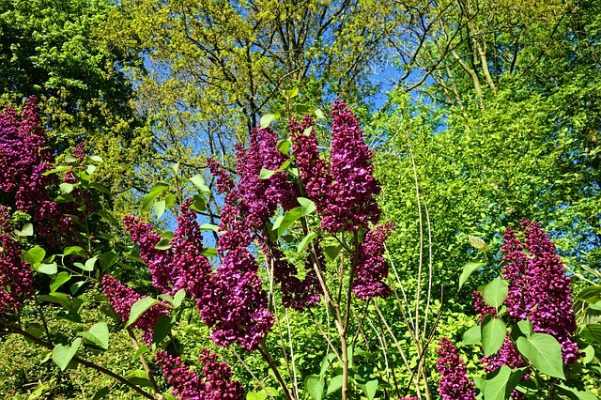

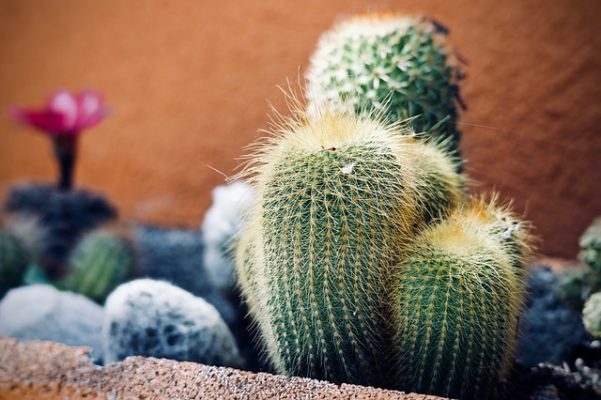










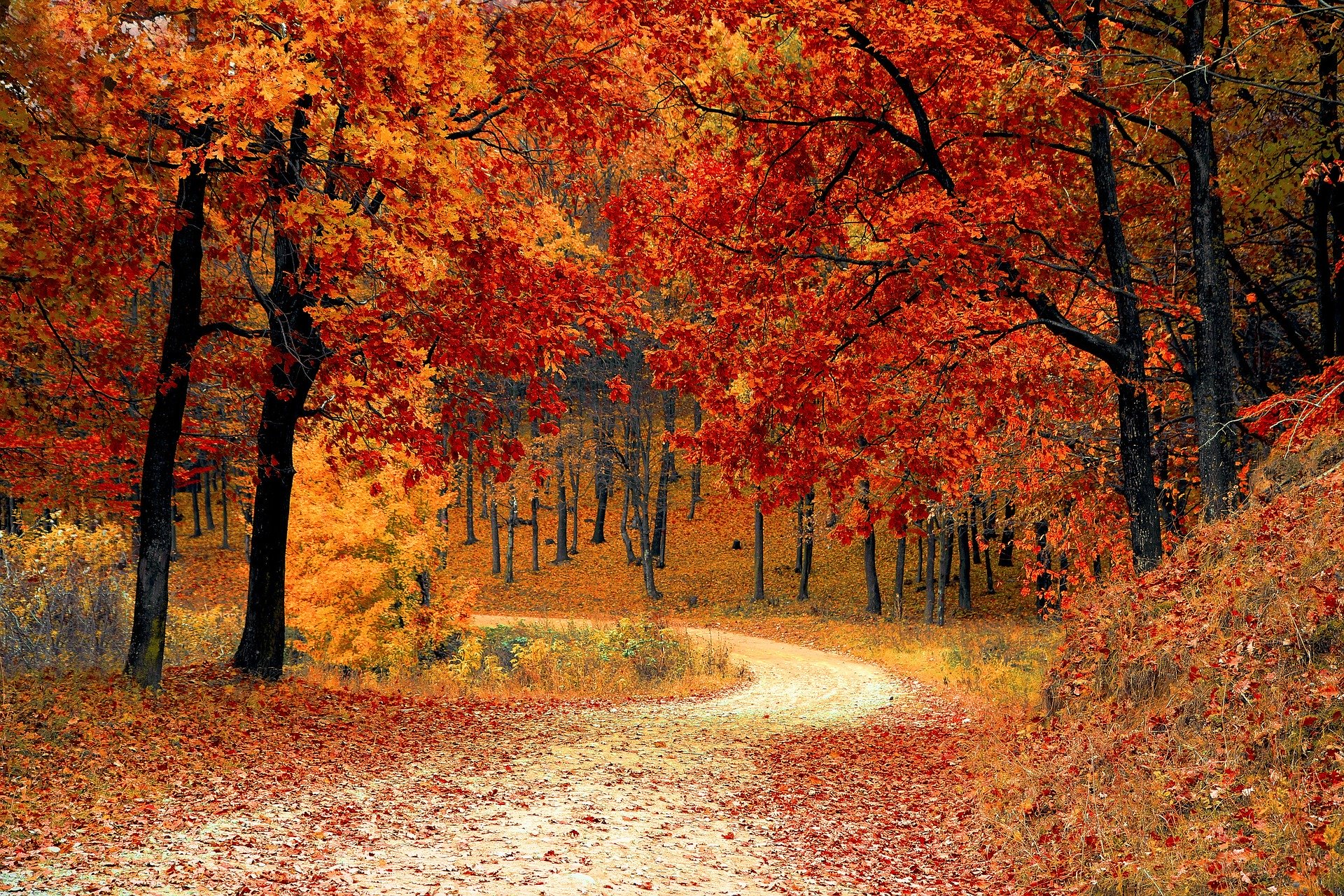
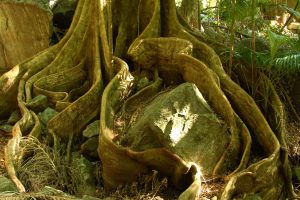

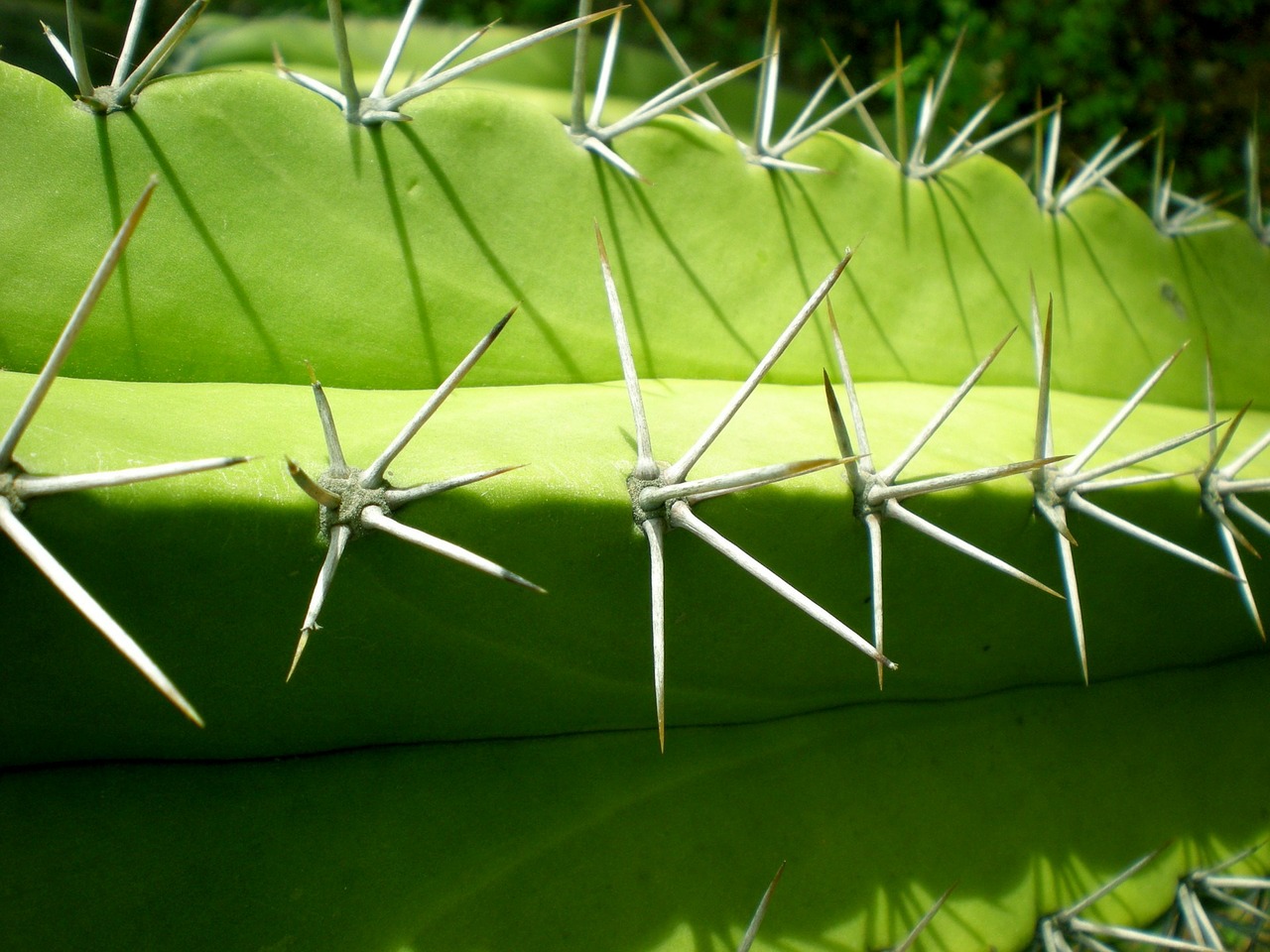
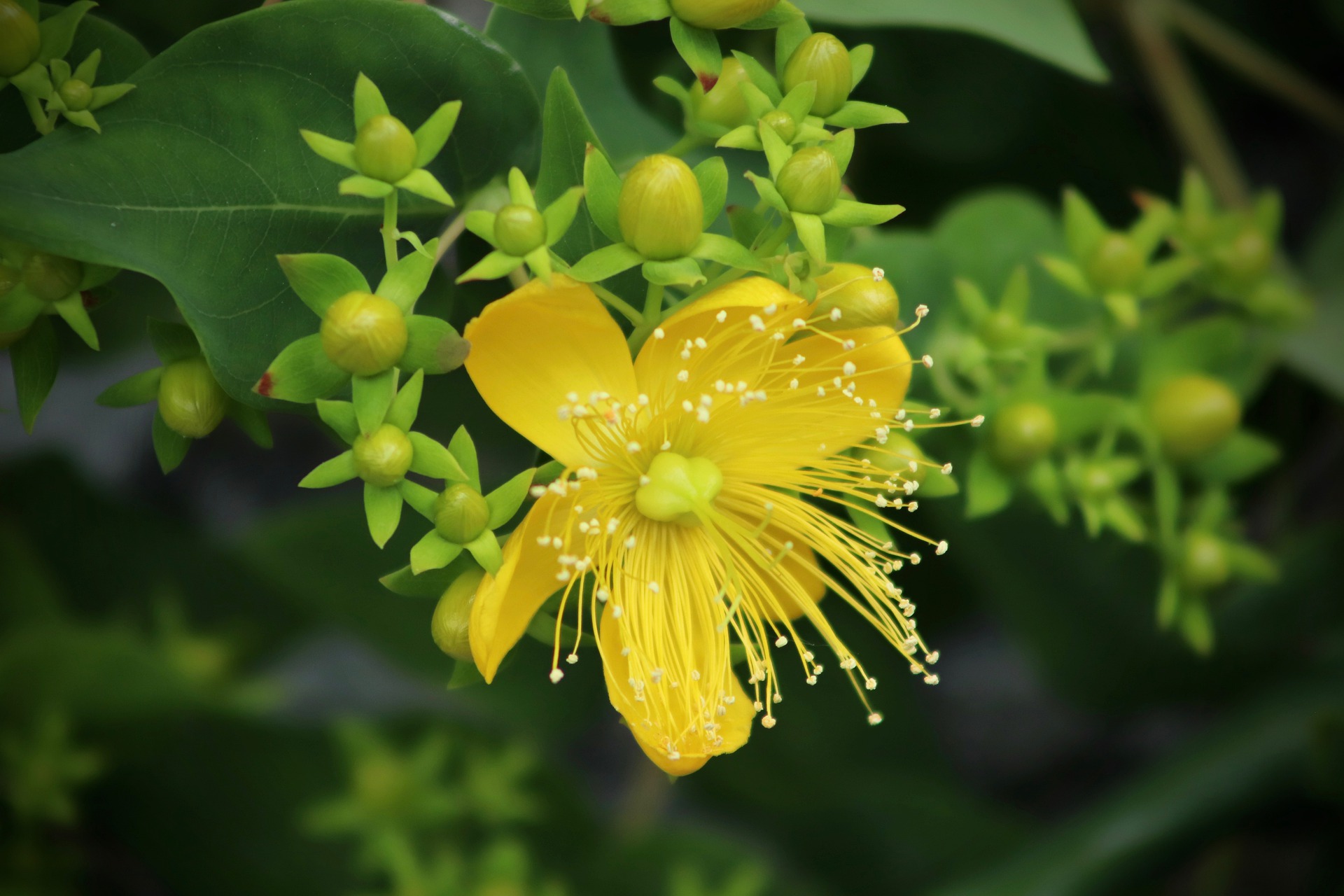
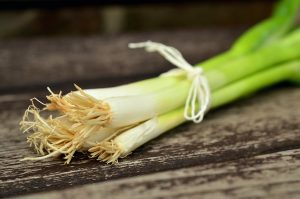
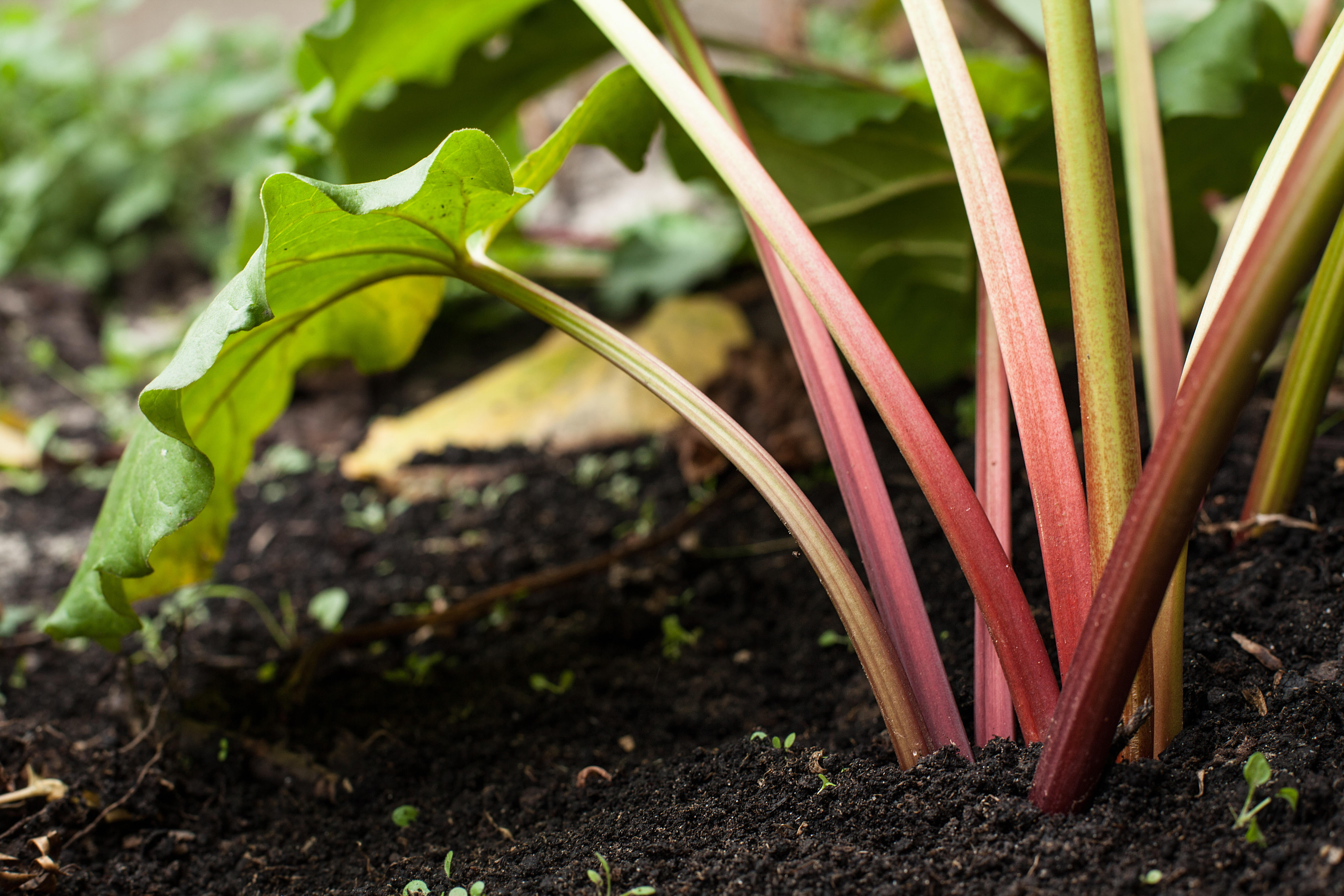

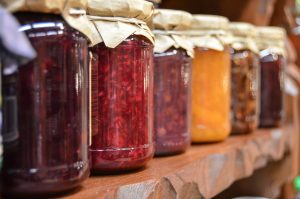
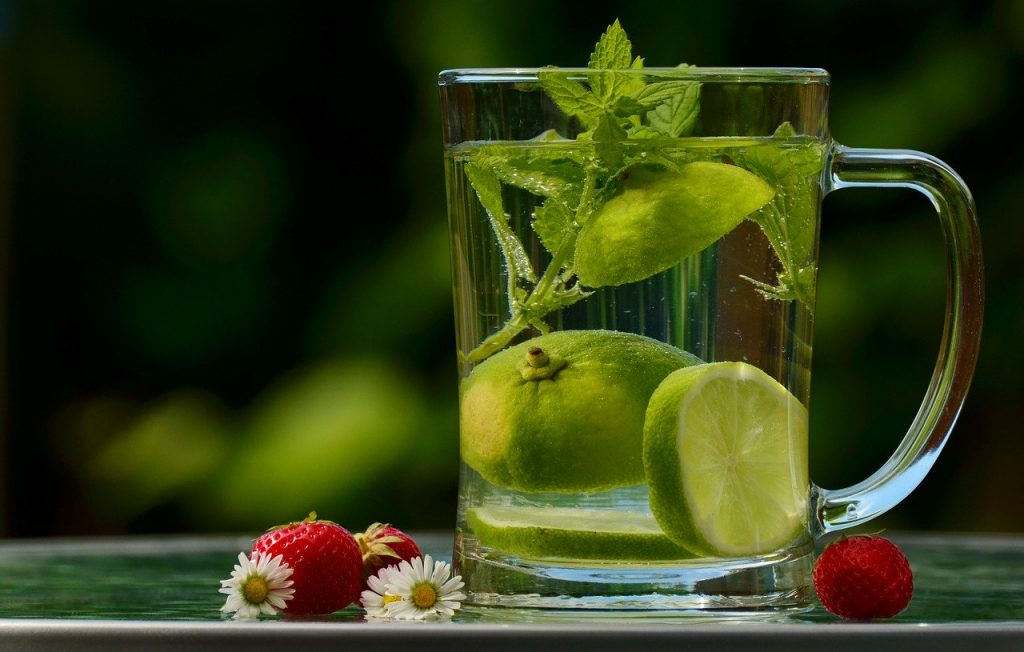
Well, that’s amazing piece of content. I am looking forward to trying your app. Since we are hear dealing with plants. A while back, i published an article about the Classification of Plants. Maybe a good read for you.
Otherwise, Good work
Cheers
Hassan Kurd (Author at Botnam)